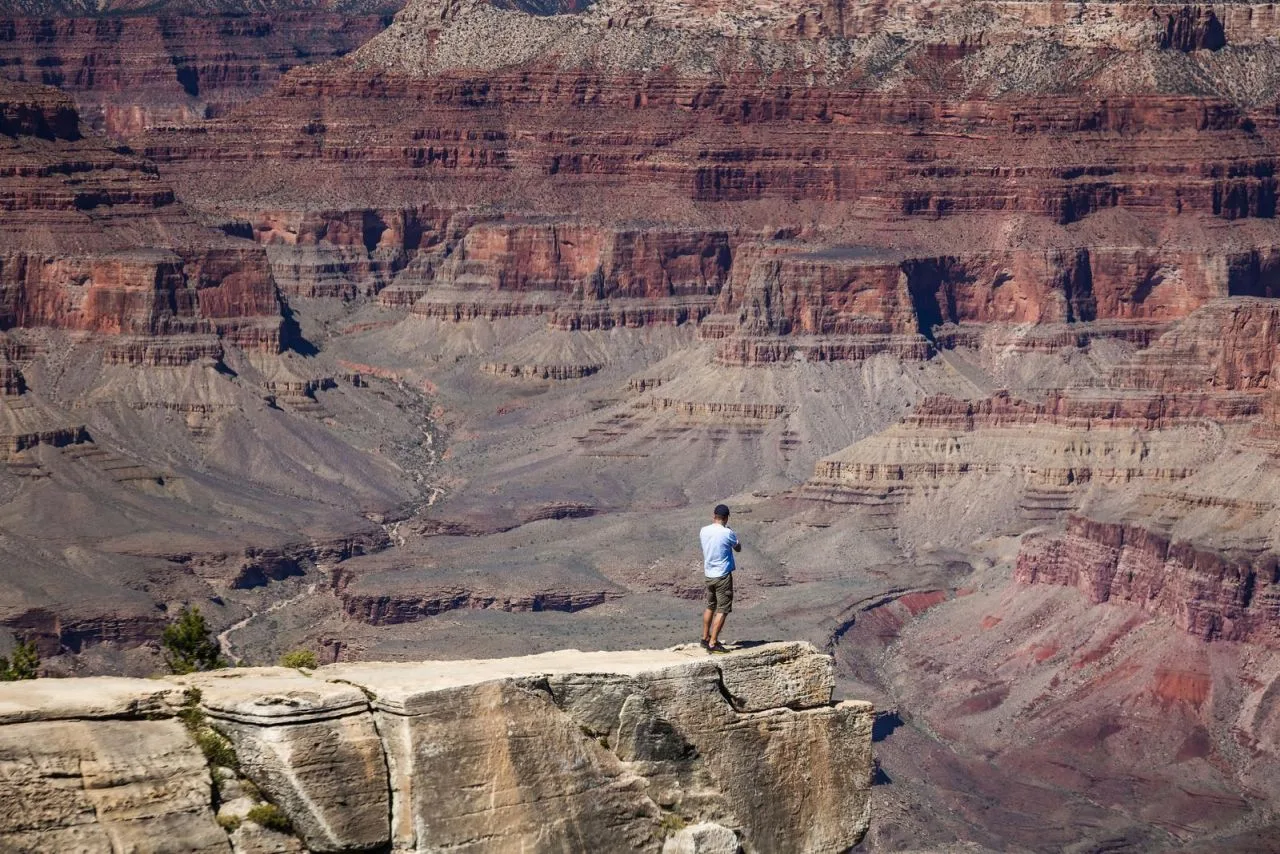General San Martin Park (Parque General San Martín), Mendoza
Address
Parque General San Martín, Mendoza
GPS
-32.89167975, -68.873705646105
Mendoza’s General San Martin Park is the city’s green lung. It is worth visiting for a walk and spending a day outside because of its 500 hectares. It was designed by landscape architect Charles Thays in 1896 under the name West Park.
The following are attractions found in the park.
Los Portones
The Sultan Abdülhamid II of Turkey ordered these gates to be cast in a Scottish cast in the early twentieth century. The stately gates were abandoned after his defeat and were purchased in 1907 by the Government of Mendoza to use as a frame for the main entrance to San Martn Park.
Caballitos de Marly
These sculpture are crafted of Carrara marble and are an exact duplicate of those seen at the Place de la Concorde in Paris.
Fuente de los Continentes
This majestic fountain was credited to Lola Mora, a great sculptor. It was inspired by the French artist Jean B. Carpeaux’s sculpture collection “The Four Continents,” which may be found at the Luxembourg Gardens.
The lake
This artificial lake, which is over a thousand meters long and a hundred meters wide, is frequently the site of various nautical events. It also features a little bridge that leads to an island.
The Rosedale
It has almost 500 different types of roses and pergolas.
Club Mendoza de Regatas
It was built in 1909 in a traditional English architectural style and offers a variety of sporting activities. It is situated on the lake’s banks, near the jetties and terraces, where there is also a restaurant serving great cuisine.
The Natural Science Museum
The museum “John Cornelius Moyano” is located across the lake in the same structure as the ancient spa “Playas Serranas.” In their Mineralogy, Palaeontology, Anthropology, Ethnology, Archaeology, and Zoology divisions, there are about forty thousand specimens on display.
The Aboriginal Park
It’s a one-of-a-kind example of natural vegetation, with a startling array of cacti. When the Spanish came in the sixteenth century, this is how the entire province of Mendoza looked.
Mundialista Stadium
In 1978, the stadium “Malvinas Argentinas” was erected as a co-host of the World Cup. Since 1994, it has hosted summer football competitions as well as several artistic acts.
Cerro de la Gloria
The Army of the Andes is commemorated with a monument designed by Uruguayan sculptor Juan M. Ferrari and dedicated in 1914. The monument’s foundation is built up of stones that resemble a craggy mountain. It is a memorial to General San Martn and the Andean Army. The hill’s esplanade is also a fantastic vantage point from which to watch the city in its entirety, day and night.
The Greek Theatre Frank Romero Day
Daniel Ramos Correa, an architect, designed it in 1940. It is located between the hills and is the site of the annual Harvest Feast. It has a seating capacity of up to 22,500 people.
The Challao
The shrine of Our Lady of Lourdes, located at the foot of the Cordon de Las Lajas (just 8 kilometers from the city), is frequented by numerous believers. In addition, there is a drive-in theatre, some campgrounds, and nightclubs in the vicinity. At 900 meters above sea level, there are also hot water swimming pools.
Reserva Divisadero Largo
This is a 492-hectare Nature Reserve with an ecotourism circuit. It depicts a huayqueras landscape with a notable geological fracture visible. Its movement has facilitated the outcropping of 230 million-year-old rocks rich in fossils. There are interpretive pathways available.
Circuit Papagallo
This is a mountain ranch that provides excellent mountain bike and motocross riding conditions.
It is one of the most important places to visit if you want to see the city from a different perspective.
The Zoological Gardens
It is one of South America’s most important Zoos. It was built on a ridge of the Cerro de la Gloria. The zoo was erected on the hills, taking advantage of the terrain’s natural shape and native flora to create the impression of a wild setting. There are 68 mammalian species and 78 avian species in the park’s 50 hectares (more than 1000 specimens in total).







